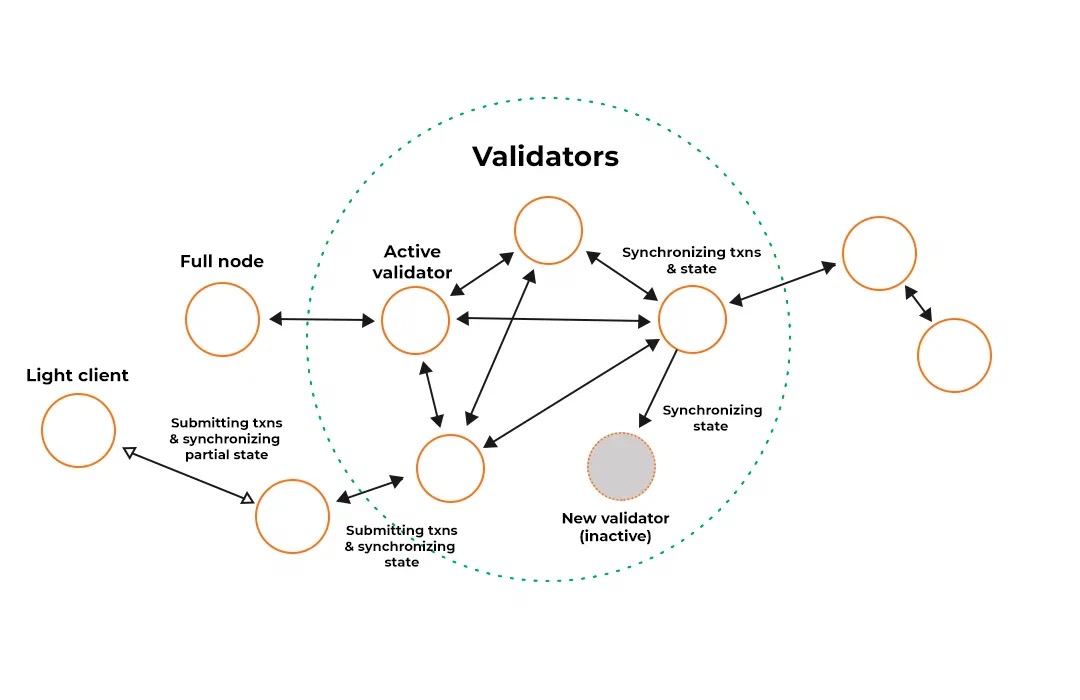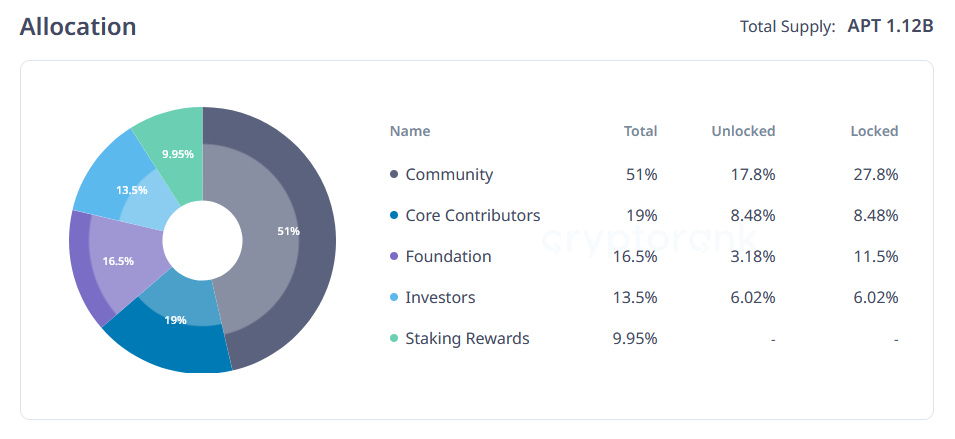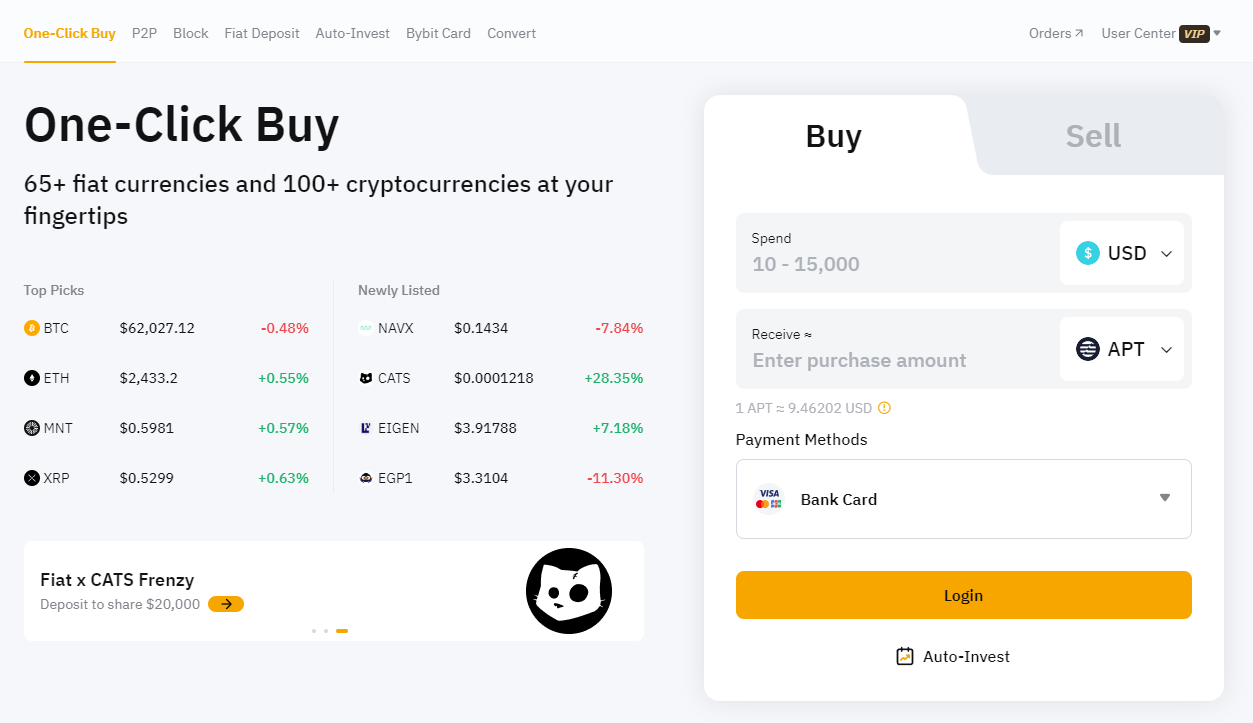Is it worth investing in Aptos? What you need to know about the project
Experts evaluated the development prospects of the new ecosystem and the investment attractiveness of its token

20.10.2022
1360
9 min
2
In October 2022, the mainnet of the Aptos blockchain was launched, created by former Meta team members who worked on the failed Diem cryptocurrency for Facebook. The new project has deployed its ecosystem in the field of decentralized finance (DeFi), non-fungible tokens (NFTs), and decentralized autonomous organizations (DAOs).
Content:
- Features of Aptos
- Ecosystem and how it works
- Where is Aptos being used?
- What makes Aptos unique?
- Tokenomics
- Where to buy and store APT?
- Ways to make money on APT
- Conclusion
Features of Aptos
Aptos offers high performance through parallel validation and transaction processing. The blockchain is developed in the unique Move programming language, which was originally created for the Diem project. To improve network stability, the founders implemented Aptos Core technology to shut down inactive nodes and replace them with more reliable variants.
| Title | APTOS |
| Year of launch | October 2022 |
| Native token ticker | APT |
| Explorer | https://explorer.aptoslabs.com/?network=mainnet |
| White Paper | aptos.dev/aptos-white-paper |
| Developer website | aptoslabs.com |
| Official social networks | |
| Where is it traded | More than 50 centralized and decentralized crypto exchanges (CEXs/DEXs) |
Aptos uses a modular approach to transaction processing that provides high throughput. The modular blockchain includes core components: smart contract execution, consensus mechanism, parallel transaction processing, client interfaces, and validator management.
Its consensus mechanism uses the Byzantine Fault Tolerance (BFT) and Proof of Stake (PoS) approach, where a set of validators collectively process transactions; clients responsible for sending transactions or requesting blockchain data can upload and verify validator-signed proofs. Aptos’ modular design and consensus algorithm provides flexibility, security, and reliability in transaction processing to meet changing user needs.
Ecosystem and how it works
Several important factors in the project’s ecosystem make the blockchain run smoothly:
Validators. They are responsible for validating user transactions and creating blocks through a consensus mechanism.
Public full nodes. These non-validating nodes can be created using randomly generated or fixed identifiers. Each public full node contains complete transaction information on the blockchain.
Indexing full nodes. Provide decentralized applications (DApps) with access to raw blockchain data before an application-specific data model generates it for simultaneous use by multiple DApp users.
DApps. In the Aptos ecosystem, DApps include DEX, NFT marketplaces, DeFi lending platforms, DAOs, and more.

Aptos operates based on the advanced BFT consensus protocol. The system regularly performs automatic validator upgrades and analyzes the state of the entire blockchain network. This, in turn, improves both speed and accuracy. And Block-STM technology ensures that tasks can be performed in parallel, while it prevents failed operations from halting the entire process. Prioritization and check control make it possible to process approximately 160 000 transactions simultaneously.
Where is Aptos being used?
Aptos is still a young ecosystem, but it is already popular in various industries. Below we give examples of some projects launched on the Aptos blockchain.
- Live event ticketing platform from KYD Labs.
- Mastercard uses Aptos to build an identity and authentication tool on the blockchain for payments.
- DeFi platforms Sushi, PancakeSwap, CoinSender, and more.
- Social media platform Chingari did an Aptos integration that helped it attract over 1 million users.
- MMORPG Bitmates, action role-playing game Plasmaverse, and cyber sports organization STAN, as well as other gaming projects.
What makes Aptos unique?
In addition to utilizing its own Move programming language, Aptos boasts unique features and benefits for developers and businesses that use it.
Upgradeability. Aptos is designed for development with regular upgrades and enhancements to improve performance and protect users. The network supports frequent upgrades, ensuring that the blockchain can rapidly adopt new technologies.
Block-STM. A parallel execution mechanism developed by Aptos Labs enables faster transaction processing without limiting developer capabilities.
Improved guarantees for consumer confidence. Key rotation functionality and hybrid storage models enhance security and user confidence.
Unlimited conditions for atomic transactions. In most other blockchains, developers often need to know in advance what data will be used for reads and writes. In this system, on the other hand, the latency time is significantly reduced due to efficient atomicity provisioning.
The development team does not rest on their laurels and actively continues experimenting to increase scalability while keeping the minimum complexity requirement for node operators. As a result, blockchain can offer many useful opportunities for programmers and end users alike.
Tokenomics
The Aptos blockchain has a native token called APT. It performs the standard functions of transmitting transactions, paying fees, participating in decentralized governance, and supporting the network by staking. The token is traded on major exchanges such as Huobi, Binance, OKX, and Bybit. The Aptos mainnet was launched with an initial offering of 1,1 billion APT.
According to the decision of the project’s team, APT were distributed as follows:
- Community (51% of the initial total supply): the largest portion of the initial APT allocation is aimed at ecosystem development. About a quarter of these tokens were unlocked immediately after launch, with the remainder subject to linear monthly unlocking over the next 10 years.
- Major investors (19% of the initial total supply): these tokens are allocated to Aptos Labs and are subject to the following four-year allocation schedule: one year of lockup, 6,25% unlocked monthly for the next 6 months, then 2,083% unlocked monthly for the next 30 months.
- Aptos Foundation (16,5% of the initial total supply): these tokens are planned to be used for events, legal support funding, and research.
- Private investors (13,5% of the initial token supply): these tokens are distributed to investors in Aptos Labs’ private funding rounds who choose to purchase tokens and are subject to the same four-year vesting schedule as the main investors’ tokens.

Information from cryptorank.io
Where to buy and store APT?
The native Aptos token is traded on many exchanges, so you can buy it without any problems. Let's figure out how to do this, using the example of the ByBit exchange.
Aptos native token is traded on many exchanges, so you can buy it without any difficulties. Let’s understand how to do this with the example of the Bybit exchange.
- First, you need to register and confirm a new account or log in to an existing one. You can create an account using this link.
- Through the navigation menu, you should go to the cryptocurrency purchase page.
- Next, you need to fund your account with fiat currency or cryptocurrency.
- If you have not previously passed verification, the platform will request it at the next stage.
- After successfully completing the KYC (know your customer) procedure, it will be possible to buy APT.
- It is also possible to buy the token via P2P from other users.

APT can be stored in the following wallets: Trust Wallet, Trezor, SafePal, OKX Wallet, and Petra. Special attention should be paid to the last wallet, as it is the official Aptos wallet and browser extension from the Aptos Labs team.
Many Petra wallet users appreciate the platform for its ability to:
- Encrypt and enter mnemonic codes and private keys in the wallet;
- View NFTs and send coins from a browser extension;
- Interact with DeFi applications, NFT marketplaces, and other dApps in the Aptos ecosystem;
- Switch between different accounts.
It is important to remember that each wallet has its own features and limitations, making the choice particularly significant for successful crypto asset management.
Ways to make money on APT
After buying a token, it is crucial to choose the principle of earning: it can be traditional trading on the exchange or other options. We offer several ways to increase income with APT:
- Lending. Leveraged transactions enable APT holders to earn interest by lending their tokens to other users through DeFi platforms. This approach can provide higher interest rates than traditional bank deposits, but it also involves a number of risks.
- Staking. Users stake their cryptocurrency to support network operations and earn rewards. Many platforms are available for APT staking, for example, crypto exchange Coinbase offers a 7% reward rate.
- Savings. Savings programs provide an opportunity to earn income without having to actively participate in staking or lending. These accounts are usually offered by crypto exchanges or DeFi platforms, where users can earn interest on the long-term storage of their APT. Savings products are a good option for those who are looking for less risky methods of generating income from their crypto assets.
Conclusion
Aptos provides developers with a platform that is scalable and secure. Given its unique features and robust ecosystem, Aptos has successfully positioned itself as a leader in the next wave of blockchain adoption. In the process, Aptos promises to bring the benefits of Web3 to 5 billion internet users worldwide.
Aptos has a detailed roadmap envisioning the expansion and improvement of the project. Blockchain shows high TPS and confirmation time compared to similar technologies. If it maintains its current pace, it is well-positioned to outperform other blockchains.
Useful material?
Basics
Why Satoshi Nakamoto’s technical manifesto for a decentralized money system matters
Oct 31, 2022
Basics
How to track fluctuations correctly and create an effective income strategy
Sep 13, 2022
Basics
Review of the most profitable offers from proven trading platforms
Aug 29, 2022
Basics
The Ethereum Foundation team has published a breakdown of major misconceptions about the upcoming network upgrade
Aug 18, 2022
Basics
What benefits the exchange offers, and what else is in the near future
Aug 4, 2022
Basics
Let's take a look at the varieties of this new form of management and its earning potential
Aug 1, 2022











 Telegram
Telegram  Twitter
Twitter